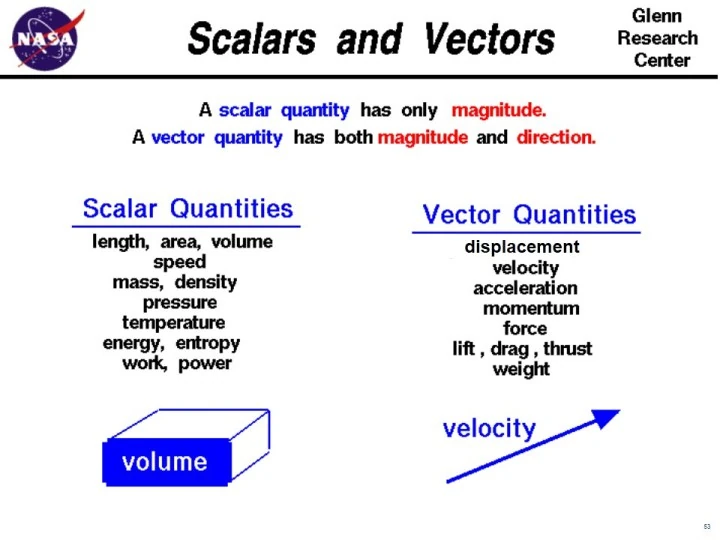- 58
- 14
Low 2-C states destroying a STC is stronger than destroying an infinite amount of 3D universes.
My research finds an explanation: destroying a timeline ( assuming the attack is at least universal level ofc ),
means destroying the “infinite snapshots” a timeline has of a universe. These snapshots or rather seconds have their own infinite amount of smaller time frames, and those time frames have an infinite amount of smaller time frames of the universe too…
and that’s just one point on the timeline, there are infinite other points in a timeline that follow the sentence I mentioned earlier.
But all those time frames( snapshots), although they represent an infinite amount of infinite universes….
wouldn’t that still classify as being infinity?
Infinity X infinity= still infinity. And being low 2-C is being beyond infinite power, so…
how is destroying a timeline beyond infinite power?
My research finds an explanation: destroying a timeline ( assuming the attack is at least universal level ofc ),
means destroying the “infinite snapshots” a timeline has of a universe. These snapshots or rather seconds have their own infinite amount of smaller time frames, and those time frames have an infinite amount of smaller time frames of the universe too…
and that’s just one point on the timeline, there are infinite other points in a timeline that follow the sentence I mentioned earlier.
But all those time frames( snapshots), although they represent an infinite amount of infinite universes….
wouldn’t that still classify as being infinity?
Infinity X infinity= still infinity. And being low 2-C is being beyond infinite power, so…
how is destroying a timeline beyond infinite power?

